Calm, easterly winds kept Delhi’s pollution levels in the “poor” zone for the third straight day on Friday, Central Pollution Control Board (CPCB) data showed, as the city’s residents began struggling with itchy throats and a burning sensation in the eyes — annual complaints for the Capital that come with the start of the winter season.

Delhi’s average air quality index (AQI) deteriorated to 292 — seven points higher than the 285 recorded the previous day. Forecasts show that unfavourable meteorological conditions are likely to persist in the coming days, and the Capital’s pollution levels are likely to slip into the “very poor” category by Sunday.
CPCB calculated Friday’s average AQI using 36 of the 40 ambient air quality stations in the city, with 15 in the “very poor” category — Wazirpur was the worst affected with a reading of 390. The data showed that PM 10 was the lead pollutant of the day — high PM 10 levels are generally an indication of dust pollution.
Local sources of pollution continued to remain prominent, as did pollution from neighbouring National Capital Region (NCR) cities. The Centre’s Decision Support (DSS) — a model that estimates the contribution of different sources of pollution in Delhi — said that the Capital’s transport sector contributed to 12.78% of the total pollution in Delhi, followed by emissions from Gautam Budh Nagar (11.4%) and Bulandshahr (7.8%).
Easterly winds also meant that the intrusion of any emissions from stubble burning in Punjab and Haryana was limited. DSS stated that farm fires contributed to only around 0.6% of the Capital’s PM 2.5 levels.
Forecasts by the Early Warning System (EWS) for Delhi, a forecasting model under the Centre, shows the contribution of stubble burning too is expected to increase over the weekend.
“Delhi’s air quality is likely to be in the ‘poor’ category on October 19 and it is likely to reach ‘very poor’ on October 20. It is likely to stay in ‘very poor’ on October 21,” said EWS.
“Meteorological conditions are highly unfavourable for effective dispersion of pollutants. Additional emissions from sources such as stubble or waste burning are likely to deteriorate air quality significantly,” it added.
Temperature remains high
The direction of the wind resulted in Delhi’s temperature remaining above normal for this time of the year, India Meteorological Department (IMD) data showed.
The city’s maximum was 36.2 degrees Celsius (°C) on Friday — the same as the previous day and a whopping four notches above the normal. The minimum, meanwhile, was 19.5°C — slightly below the 20.3°C on Thursday, but still more than a degree above normal.
Forecasts show the maximum is likely to hover around 34-35°C over the next few days, while the minimum may drop to 18°C over the next few days.
Oppn blames AAP for pollution in Yamuna
Even as Delhi’s AQI edged closer to the “very poor” category, visuals also emerged of a thick layer of toxic foam on the Yamuna’s surface. This led to political bickering in the Capital, with opposition parties accusing the ruling Aam Aadmi Party (AAP) of not being able to control pollution in the city during their 10-year tenure.
The formation of toxic froth in the Yamuna is an annual phenomenon during winters, and experts say it is an indicator of high levels of untreated sewage and industrial pollutants in the river’s water.
Delhi BJP president Virendra Sachdeva said that the AAP’s negligence has led to suffering in the city. “Delhi residents remember Kejriwal’s promises during the 2020 campaign, where he repeatedly spoke of taking a dip in the Yamuna with his cabinet before the 2025 elections,” he said.
Delhi Pradesh Congress Committee president Devender Yadav, meanwhile, said the Yamuna has been turned into a “river of filth”.
The AAP did not comment on the matter.

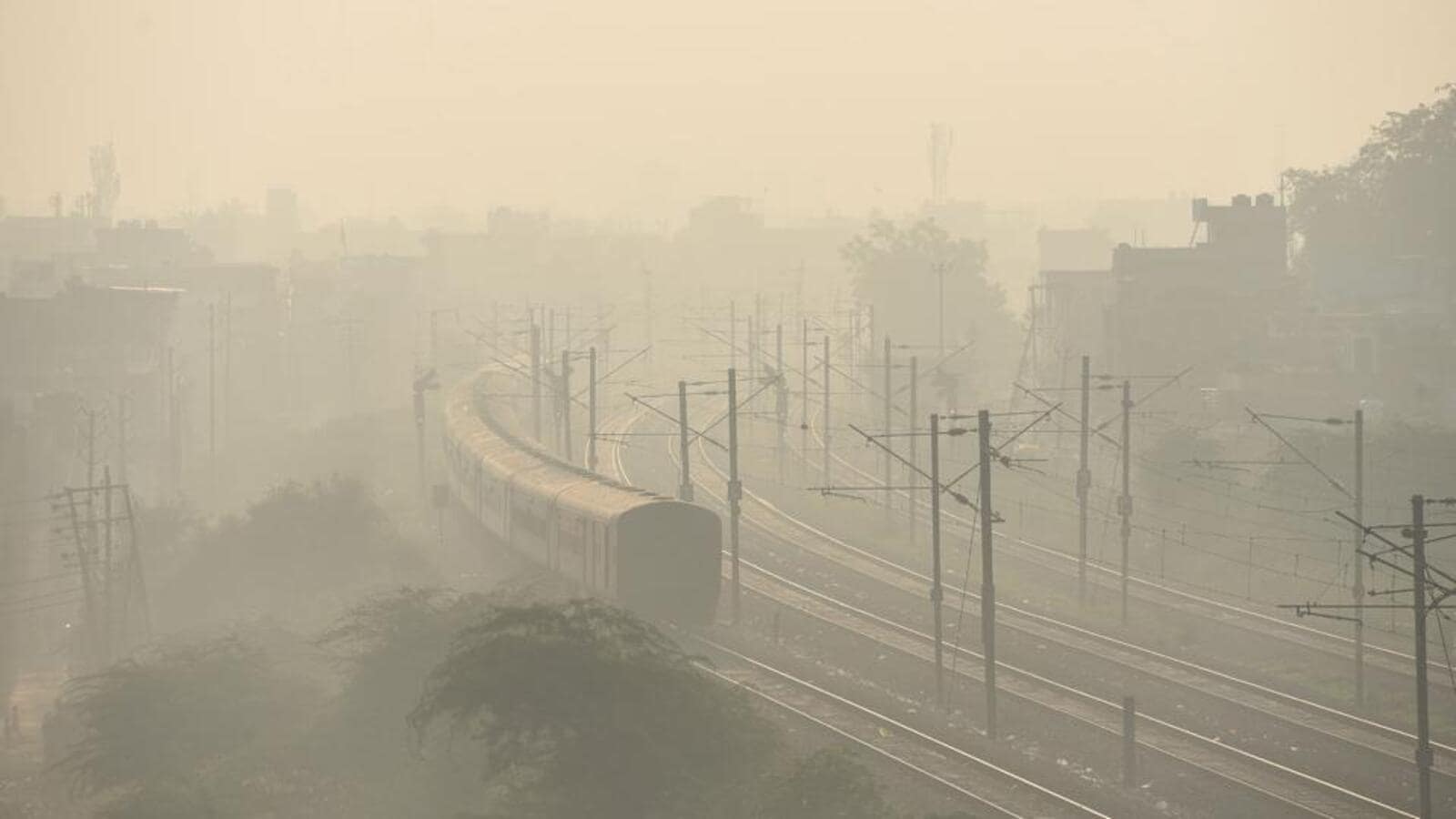


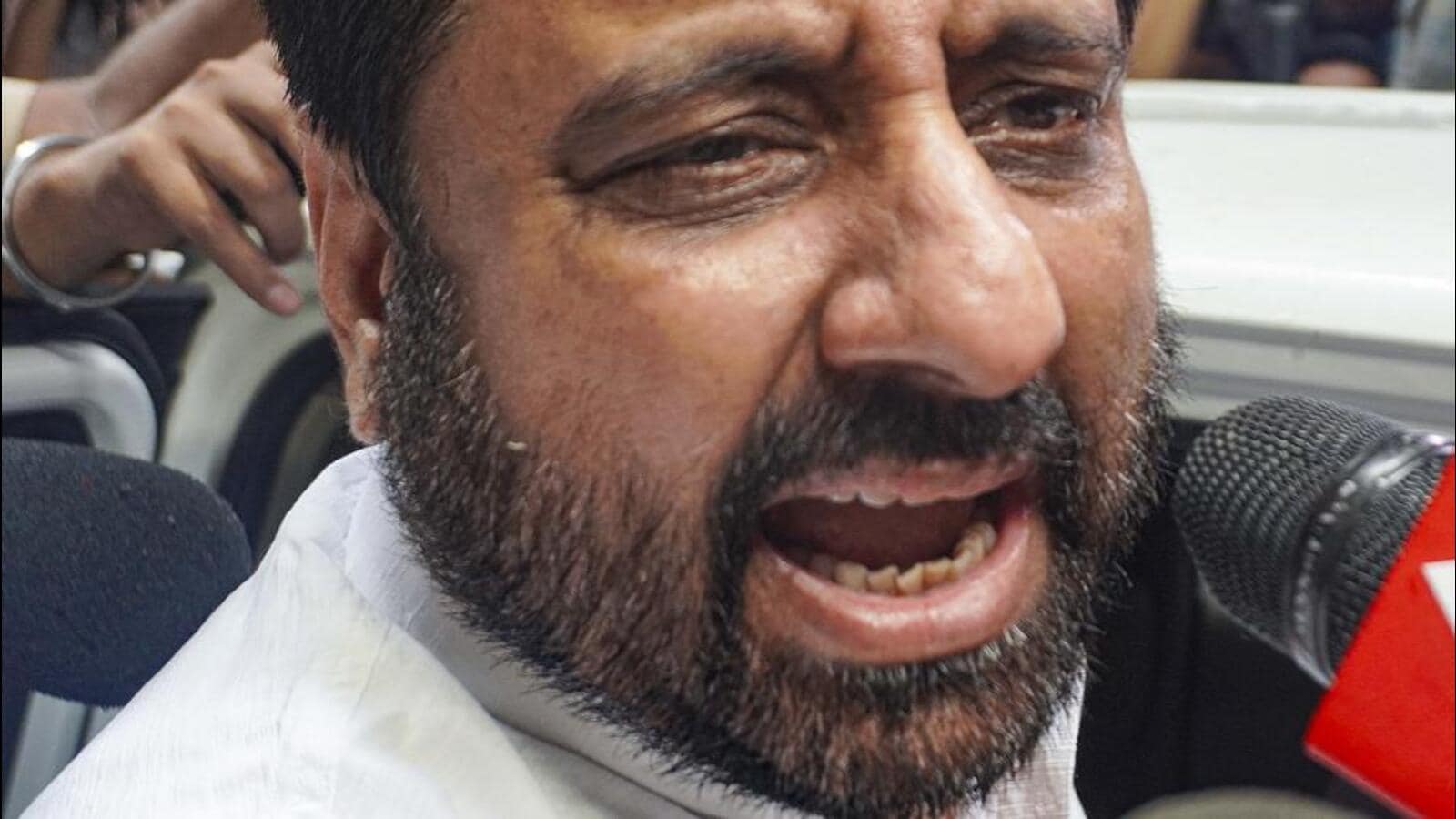
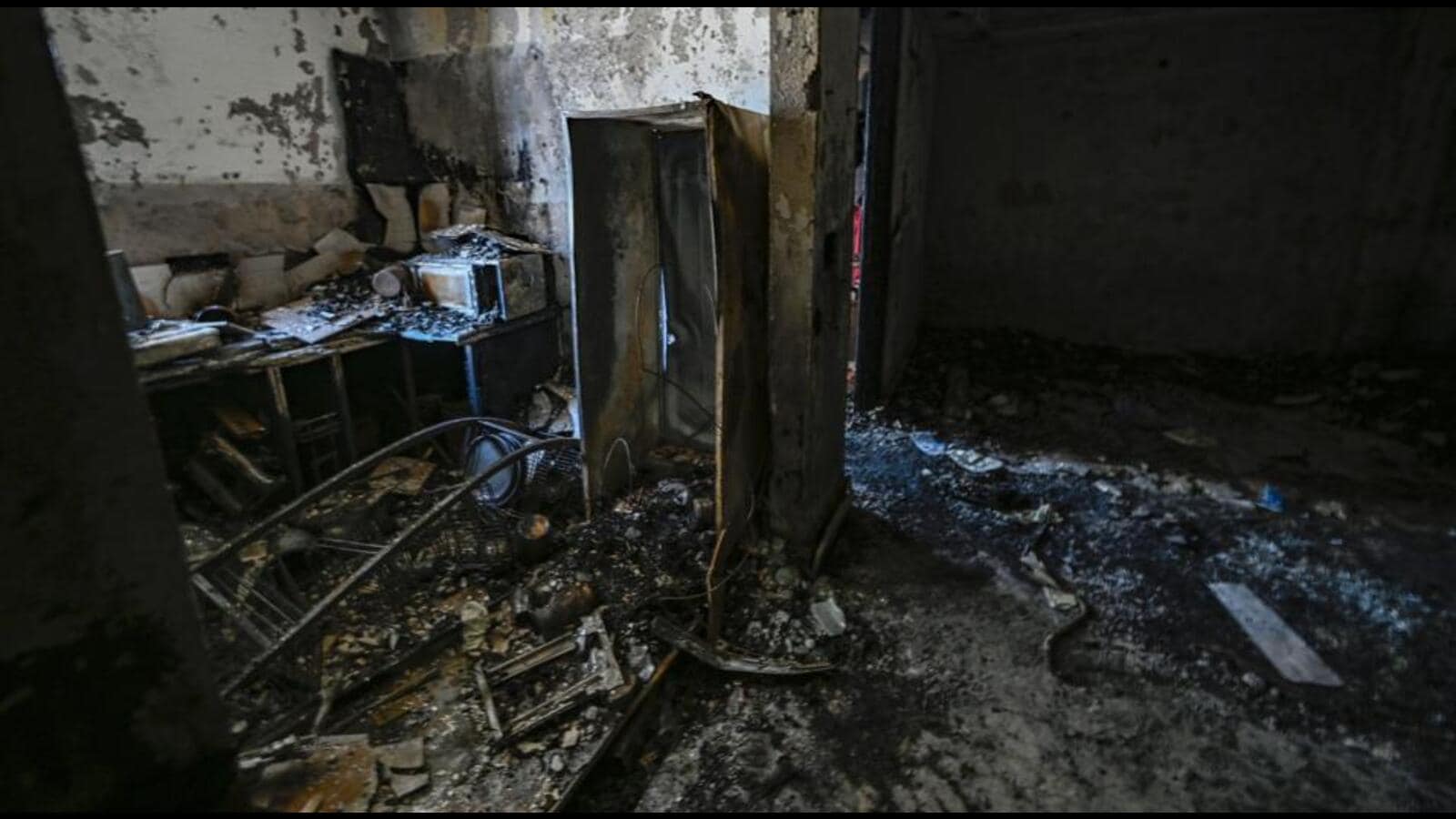

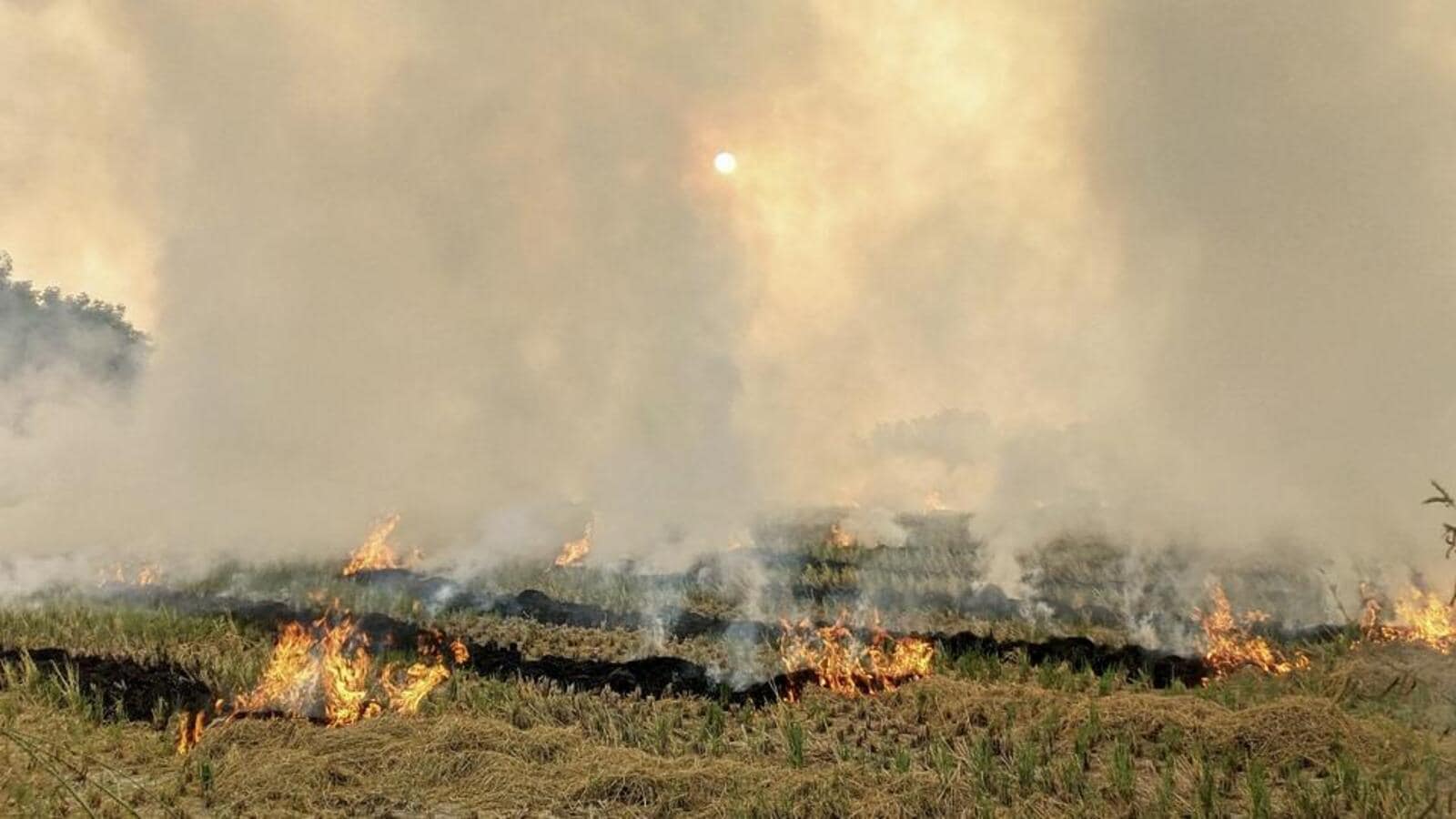
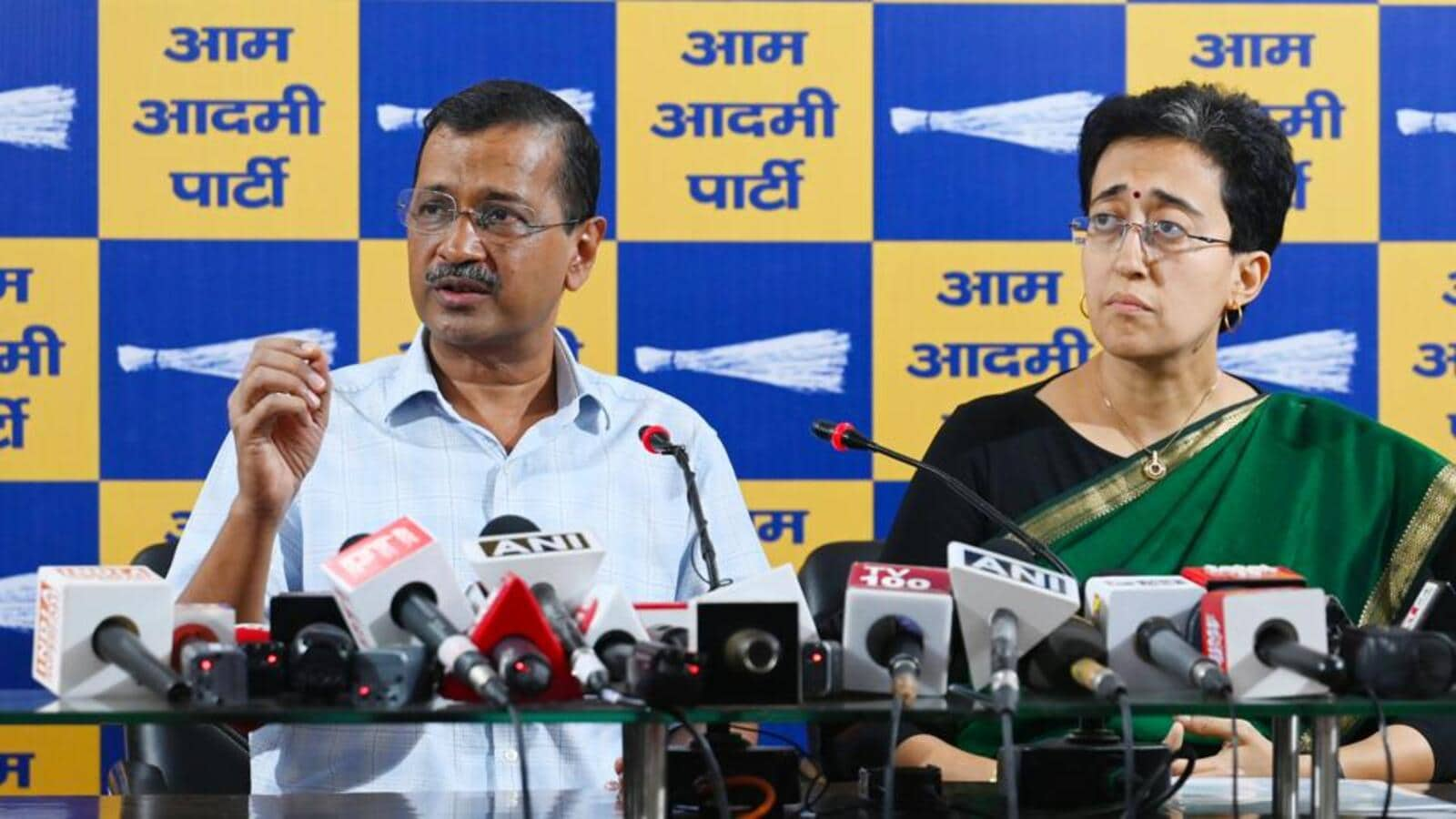
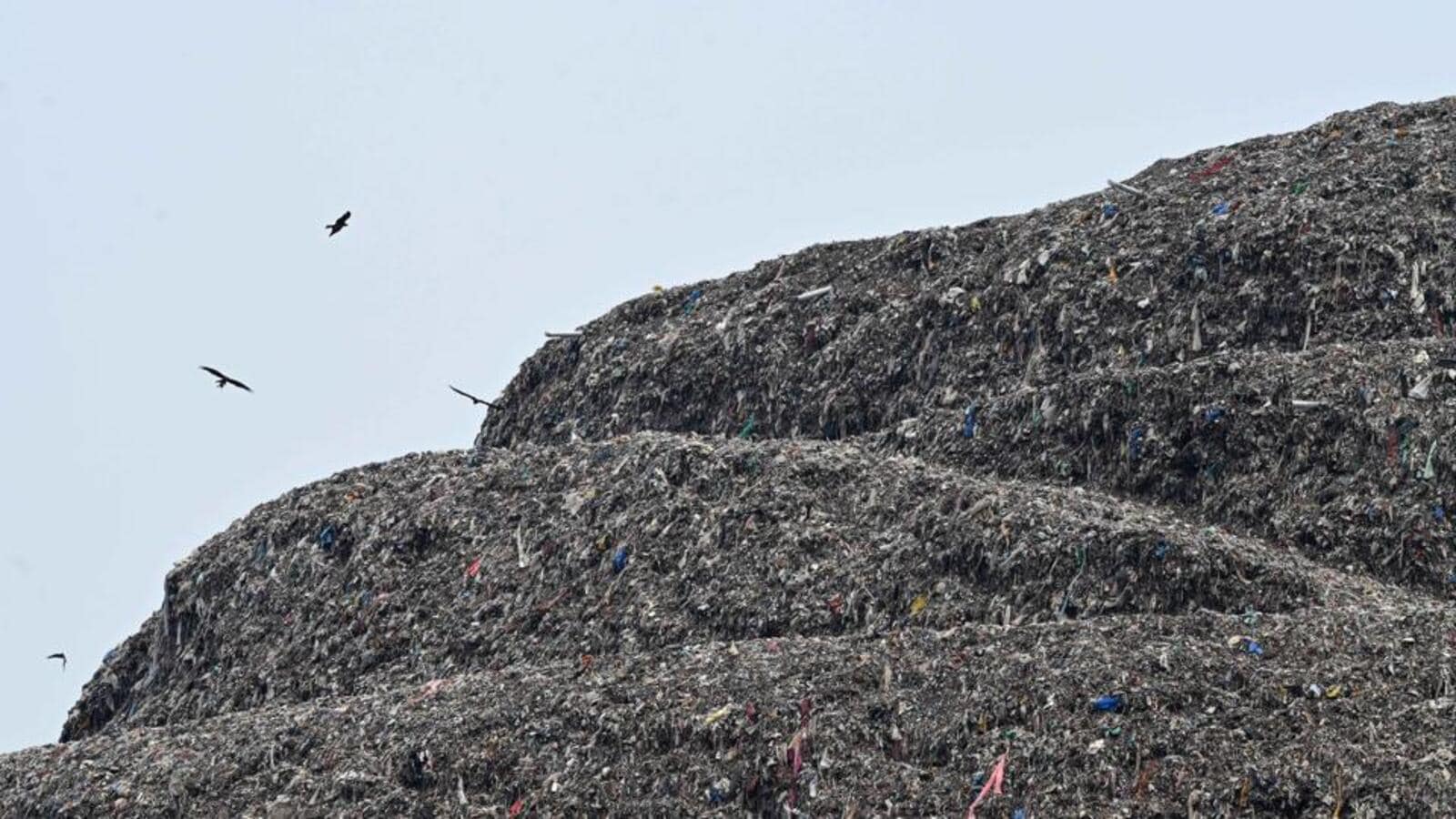


Leave a Reply